Hibernation, Aestivation, Torpor, and Denning: This article will help you solve your queries about Hibernation, Aestivation, Torpor, and Denning. In this article, brief and accurate information is written on Hibernation, Aestivation, Torpor, and Denning.
Hibernation, Aestivation, Torpor, and Denning
Hibernation:
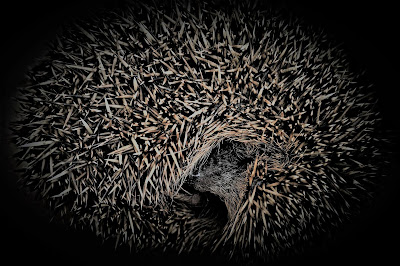 |
| Hibernation: A hibernated hedgehog |
What is Hibernation:
Hibernation is a way for some animals - from butterflies to bats - to endure chilly, dim winters without rummaging for food or moving to someplace hotter. Instead, they turn down their digestion systems to save energy.However, hibernation is significantly more profound than just dozing. Hibernation conveys hazards as the torpid creature is powerless against hunters and the eccentric environment.
Which creatures hibernate?
Little warm-blooded animals, like chipmunks, dormice, hamsters, hedgehogs, and bats. Likewise, numerous bugs, creatures of land and water, and reptiles.
Only one bird is a genuine hibernator: North America's normal poorwill. This perfectly covered nighttime bird is a relative of the nightjar found in Britain and in winter frequently rests among rocks. It can cut its oxygen consumption by 90%, while its internal heat level falls to 5°C, scarcely enrolling indications of something going on under the surface.
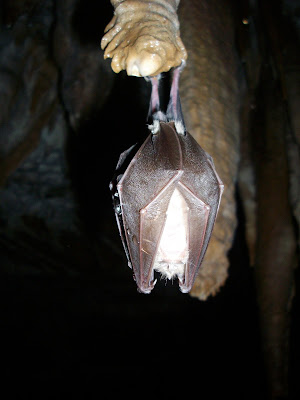 |
| Hibernation: A hibernated bat |
How does it work?
A sleeping creature's digestion slows down significantly, and its temperature plunges - in ground squirrels, it can tumble to - 2°C. Breathing relaxes back, and, in bats, the pulse can drop from 400 to 11 beats each moment. For example, a few heartless creatures, wood frogs, produce regular radiator fluids to endure being frozen strong.
How do they prepare?
Vertebrates feed intensely in summer and pre-winter, putting away fat to see them through the colder time of year.
What are the dangers?
Creatures might pass on during hibernation from the absence of fat, extreme climate, or untimely arousing.
Aestivation:
What is Aestivation
Creatures in damp environments likewise go through a type of hibernation called aestivation. This works similarly to hibernation and empowers the creatures to endure outrageous hotness, dry season, or absence of food.
However, this is the same interaction as hibernation for creatures in moist environments that are attempting to get away from outrageous hotness or dry spell. Aestivation is a period of inactivity in some animals that must withstand extended periods of drying.
Which animals do Aestivation?
Aestivation is common in any invertebrates. For example, some arthropods enter the substrate of drying ponds and streams and remain inactive until the pond or stream fills with water again. Numerous earthbound and sea-going creatures, including lungfish, nightcrawlers, snails, animals of land and water, and reptiles, including Nile crocodiles.
The Australian Burrowing frog and the chuckwalla are vertebrates that live in dry habitats and withstand seasonal droughts by aestivating.
How does it work?
the animal usually enters a burrow as its environment begins to dry. It generally does not eat or drink and emerges again after moisture returns.
Most creatures cover themselves in the ground, shielding them from the heat. Here, they hang tight for the wet season or cooler temperatures. However, some land snails climb trees to get away from the fieriness of the ground, fixing themselves into their shells utilizing dried bodily fluid.
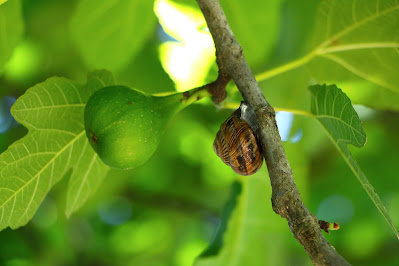 |
| Aestivation: An Aestivated Snail |
What are the dangers?
Enormous quantities of aestivating creatures die in times of the delayed dry season.
Torpor:
What is torpor?
Torpor is a time of decreased metabolism and lowered body temperature in daily activity cycles. It is a concise episode of suspended liveliness, typically enduring under a day, when a creature's breathing, heartbeat, internal heat level, and digestion are decreased.
How does it work?
The body temperature and metabolic rate drop dramatically during daily periods of inactivity. A lower metabolic rate conserves energy and allows hummingbirds and bats to survive periods when they do not feed. At the end of a period of torpor, metabolic activity and body temperature rise quickly.
Which animals enter torpor?
Birds like hummingbirds and frogmouths, or little warm-blooded animals like bats, can go into torpor consistently. Hummingbirds and bats must feed almost constantly when they are active.
 |
| Torpor: Humming Bird |
What are the dangers?
One of the slowness issues is that the creatures are too exhausted to even think about responding to hunters. Furthermore, assuming the virus spell is curiously long, the creature might kick the bucket if its internal heat level drops excessively low.
DENNING
What is denning?
This is a light type of dormancy of bears, where the creature is exhausted yet effectively awakened.
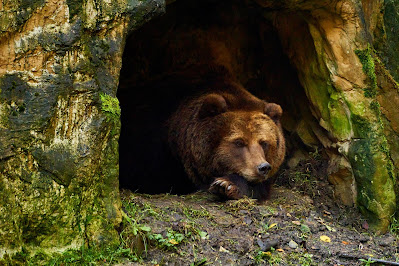 |
| Denning Bear |
A bear's internal heat level just drops a couple of degrees, yet it loses up to 40 percent of its body weight - more than genuine hibernators. Yet, incredibly, numerous female bears conceive offspring and nurse youthful while denning.
How do they prepare?
Bears eat many high-energy foods to develop fat holds that endure throughout the colder year.
What are the dangers?
Bears can be woken effectively during a gentle spell of climate yet might not have sufficient energy to endure the remainder of the colder time of year.

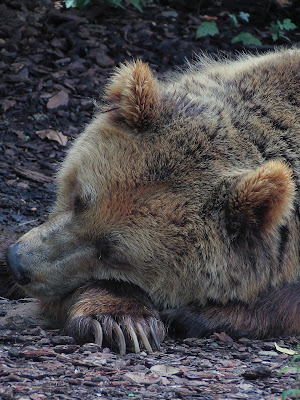
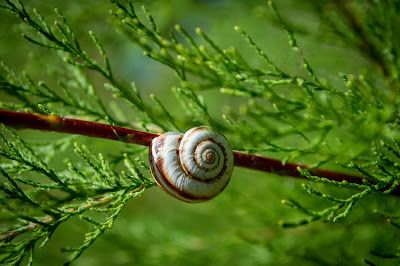






If you have any doubt, let me know.